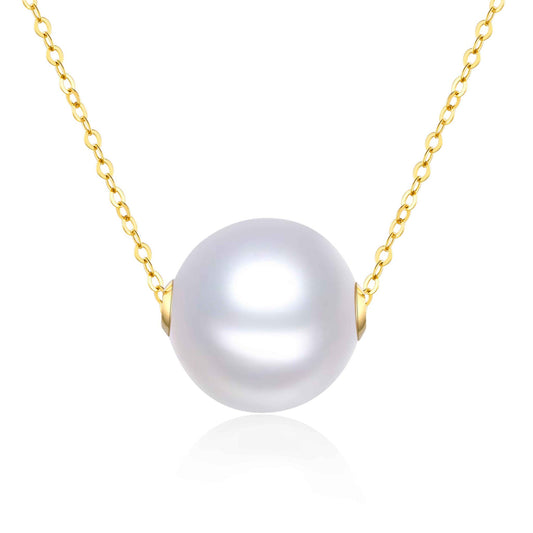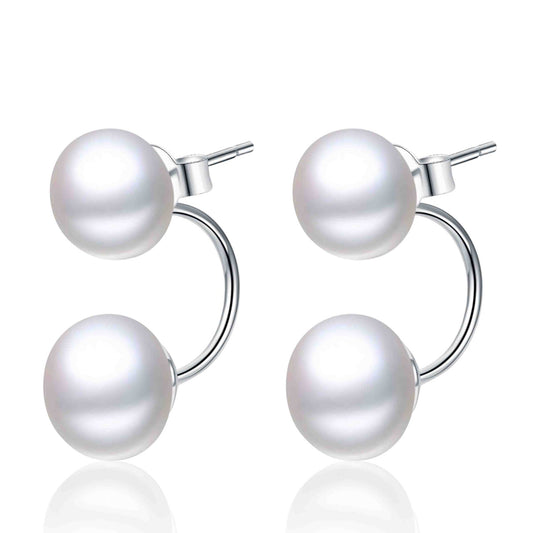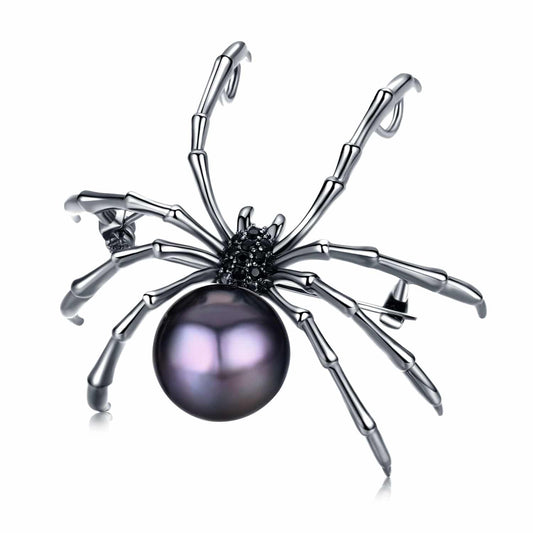
Rachel Carson: The Pearl Who Saved the World
Share
People thought they were the masters of nature, but she taught us that nature should be looked after, not mastered.
What if every aspect of life seems to be working against you, keeping you from reaching your ultimate goal? Oysters teach us that no matter what your challenges, if you keep working for your cause, you will eventually find the pearl inside. We believe that people are like oysters, and that we can channel our difficulties and obstacles in such a way that we take an ordinary – and sometimes not so ordinary – life and turn it into a pearlescent legacy. In honor of this unique human quality, we are publishing a series looking at women who have lived their lives like pearls. This is another installment of the Living like a Pearl series. Find the other stories here.
_______
Rachel Carson was born in 1907, long before the environmental movement. She was born on a farm in Pennsylvania, where, as a child, she was left to roam free to discover bird nests and funny-looking fungi and follow the ups and downs of a pair of wrens. She loved to read and write, and the stories she preferred were about animals and the wild. She assumed she would become a writer. But something started happening during WWII that would turn Carson’s career of poetic, scientific nature writer into an environmental revolution.
Though Carson had originally enrolled as an English major, she changed it to Biology and Zoology, specifically of the ocean. Carson was always bright, but financially her burdens were heavy. Already while she was studying, her parents were selling off bits of their farm and household items to pay the bills. By the time she enrolled for a PhD program at Johns Hopkins, her parents, sister, and her sister’s two girls moved in with her in Baltimore and she had to leave her studies to take a paying job at the Bureau of Fisheries to support them. When she was 28, her father died. Two years later, her sister died too, leaving her to care for her mother and her sister’s two girls.
Her financial situation turned in the early 1950s: she became well-known for a three-part profile she had written about the ocean which was published in The New Yorker. In fact, the profile was so popular that it had been published as a book – The Sea Around Us – and had received a National Book Award. Her first book, Under the Sea-Wind, which had gone unnoticed when it was first published (weeks before the bombing of Pearl Harbor), was re-issued and also became a bestseller because of the attention that The Sea Around Us gained her. Her third book, published in 1955, was titled The Edge of the Sea and formed the third and final book in what would become known as her trilogy of the ocean. It showed readers how everything in the ocean is connected and how the world is one ecosystem that works in harmony.
Carson’s biggest contribution to society’s understanding of the environment was yet to come, but by the mid to late 1950s – though her financial situation had changed – she had no shortage of burdens. She was still looking after her mother, who was now sick, as well as her late sister’s grandson, orphaned at the age of 4, who she’d adopted. Carson herself was also sick: she’d had lumps removed from her breasts.
During WWII, the government had started spraying soldiers, civilians, buildings and even water bodies with DDT to fight typhus and malaria. The insecticide became so popular that the chemist who discovered it was awarded the Nobel prize in Physiology or Medicine in 1948. But Carson was not convinced by this. In fact, she was very concerned, pointing out that it hadn’t been tested for civilian use.
It was when, after the war, the popularity soared and they started selling DDT commercially to spray on gardens and in homes, that Carson started receiving letters from readers: they had noticed birds dropping from trees in an area where DDT had been sprayed. Carson’s ill mother had taught her bird calls as a young girl. Together with her mother, she was teaching it to young Roger, her sister’s grandson. One can just imagine what impact it must have had on this environmentally aware, brilliant woman when she read about birds dropping from trees.
The letters were sent to her and newspapers by members of a citizens’ Committee Against Mass Poisoning. They had filed a lawsuit in New York in 1958 against the use of DDT and Carson was asked to cover the proceedings. Though she could not attend in person due to Roger and her sick mother, she received notes from the trial and did vast amounts of research to keep abreast of what was going on, crossing into fields that she didn’t usually work in.
All of this fed into a fourth book she was working on, one that would change the world forever. The book would describe and explain the dangers that DDT and a host of other poisons posed to the environment – one of them being that it caused cancer. It would question the very direction that modern science was taking at the time, and the fact that man thought they were the masters of nature.
But the book seemed constantly in danger: First, in December of 1959, her mother passed away. Shortly after, in April of 1960, she had a radical mastectomy to get rid of more lesions on her breasts. By November of that year, she found more lumps. A series of illnesses followed, probably related to the cancer and cancer treatment, and by early 1961, she was in a wheelchair on and off. In her personal letters, she notes that one could easily start thinking that the illness was an evil force trying to keep her from publishing the book.
Friends asked her to consider making the book smaller, less comprehensive, so that she would not burden herself while being so sick. Chemical companies and scientists, outraged that a tiny, soft-spoken, calm woman could contradict them so about something that was making money for them, made her out as unintelligent, mistaken, or plain crazy. But Carson would not lie down. It’s almost as if all the adversity she faced spurred her on even more.
Finally, in 1962, Silent Spring was published. Both in The New Yorker as three parts – the same way that The Sea Around Us was published – and as a book. Carson died two years later, in 1962, riddled with cancer. But not before she had left her pearl to the world: Silent Spring made such a huge impact that it is credited with spurring the entire environmental movement. Jill Lepore writes for The New Yorker: “Silent Spring, a landlubber, is no slouch of a book: it launched the environmental movement; provoked the passage of the Clean Air Act (1963), the Wilderness Act (1964), the National Environmental Policy Act (1969), the Clean Water Act and the Endangered Species Act (both 1972); and led to the establishment of the Environmental Protection Agency, in 1970. The number of books that have done as much good in the world can be counted on the arms of a starfish.


